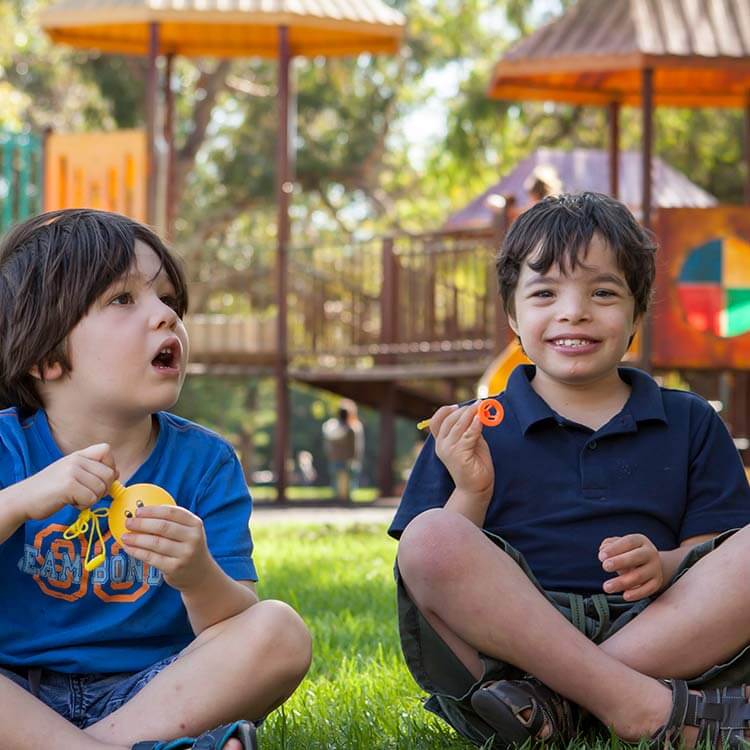Search
Showing results for "early childhood"
Research
The need for community-controlled tools to monitor health impacts of housing and living conditions in AustraliaDespite millennia of strong and continuous culture, inadequate housing has profound consequences on the health and wellbeing of Aboriginal and Torres Strait Islander people in Australia. For example, the excessive and inequitable burden of childhood skin infections, rheumatic fever, gastrointestinal disease and ear infections can all be linked to failures in housing policy, funding and maintenance.
Research
Reach and perceived effectiveness of a community-led active outreach postvention intervention for people bereaved by suicidePostvention is a core component of suicide prevention strategies, internationally. However, the types of supports provided to people impacted by suicide vary widely. This study examines the perceived effectiveness of the Primary Care Navigator (PCN) model for people bereaved by suicide. The PCN model was implemented in response to a suicide cluster.
Research
Re-examining Hepatitis B Postexposure Prophylaxis Following Pediatric Community-acquired Needle-stick Injury in an Era of a National Immunization RegistryLong-term hepatitis B immunity has been demonstrated following the completion of the primary vaccination series in childhood. Some guidelines recommend a hepatitis B surface antibody (anti-HBs) directed approach following community-acquired needle-stick injury (CANSI) to inform hepatitis B postexposure prophylaxis (PEP) management.
Research
Caregiver-perceived racial discrimination is associated with diverse mental health outcomes in Aboriginal and Torres Strait Islander children aged 7-12 yearsExposure to racial discrimination in Aboriginal children increased the risk for a spectrum of interrelated factors linked to negative mental health
Research
Analysis of expression of FLI1 and MMP1 in American cutaneous leishmaniasis caused by Leishmania braziliensis infectionMMP1 is regulated by factors other than FLI1, and that the influence of IL-6 on MMP1 was independent of its effect on FLI1 in Leishmania braziliensis
Research
Wound healing genes and susceptibility to cutaneous leishmaniasis in BrazilLeishmania braziliensis causes cutaneous (CL) and mucosal (ML) leishmaniasis. In the mouse, Fli1 was identified as a gene influencing enhanced wound healing...
Research
Genetic and functional evidence implicating DLL1 as the gene that influences susceptibilityVisceral leishmaniasis (VL) is caused by Leishmania donovani and Leishmania infantum chagasi. Genome-wide linkage studies from Sudan and Brazil identified...
Research
Autism and intellectual disability are differentially related to sociodemographic background at birthWe used population data on Western Australian singletons born from 1984 to 1999 (n = 398,353) to examine the sociodemographic characteristics of children...
Research
Investigating associations between birth order and autism diagnostic phenotypesBirth order effects have been linked to variability in intelligence, educational attainment and sexual orientation. First- and later-born children have been linked to an increased likelihood of an Autism Spectrum Disorder (ASD) diagnosis, with a smaller body of evidence implicating decreases in cognitive functioning with increased birth order. The present study investigated the potential association between birth order and ASD diagnostic phenotypes in a large and representative population sample.

Improving the lives of children with a disability and their families sits at the core of our team.
